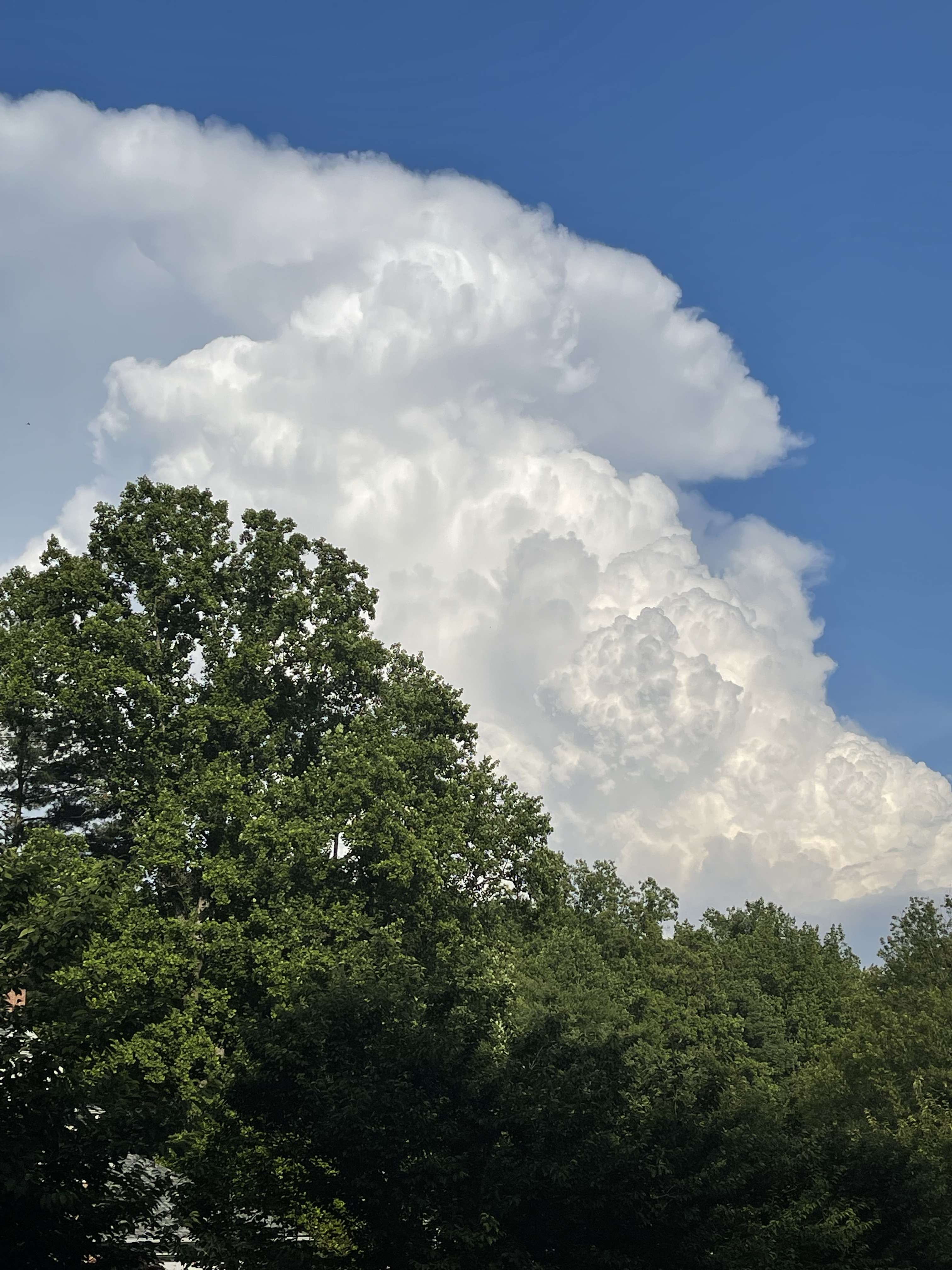-
Posts
44512 -
Joined
-
Last visited
-
Days Won
262
Posts posted by Phil
-
-
The anomalies were the weakest I've seen on the Euro weeklies on the WeatherBell site. I want November to be mild, but the weakness of the anomalies being shown presumably means there is a lot of uncertainty.
Here's what I have.
Week three:
http://i724.photobucket.com/albums/ww243/phillywillie/Mobile%20Uploads/2FAD7F9D-C8D8-47F3-A142-362409C62BAA_zpsu8ujmepz.png
Week four:
http://i724.photobucket.com/albums/ww243/phillywillie/Mobile%20Uploads/C077B36D-FB3B-4F32-B79C-84F0DDEA8F93_zpstztcfygn.png
Week five:
http://i724.photobucket.com/albums/ww243/phillywillie/Mobile%20Uploads/1B52C768-6EBA-4591-8BE1-7A64484734AA_zpsrddrqxhn.png
Week six:
http://i724.photobucket.com/albums/ww243/phillywillie/Mobile%20Uploads/94923783-0014-4465-AF8B-726DD60A3436_zpsnvfpxxxc.png
-
I like the Aussie site for SOI. According to that October will still end up solidly positive. The latest daily number was +25.
https://www.longpaddock.qld.gov.au/seasonalclimateoutlook/southernoscillationindex/index.php
I'm just using the CPC data. I think the daily calculations on the Aussie site are preliminary (w/ a different baseline too).
-
I just looked at the latest update of the ECMWF weeklies. The anomalies being shown are so weak after week two it's almost meaningless. Obviously a lot of ensemble spread.
I'm seeing something different. Looks like a +PNA/GOA vortex pattern through November/into December.,not what I was/am expecting. If anything looks sort of Niño-esque.
My personal thoughts are: GOA ridge develops in November and strengthens into December.
-
Well this year should hit the jackpot in that area.
And like he said before; snow is pretty tricky in general. The mountains here got pounded last winter and the lowlands got nothing. Go figure.
Probably coincidence, but the four most epic winters of my lifetime occurred in years where the sycamore trees were loaded with seed balls. Like, branches drooping under the weight. Very noticeable.
This year, the sycamores are once again loaded with seed balls, maybe to a higher extent than I've ever seen before. Of course I'm predicting a mild east coast winter, but maybe the trees know something I don't.

-
The folklore I hear about includes the number of seed balls on sycamore trees, squirrel tails, wooly bear caterpillars, and the number of humid days in October.
-
 1
1
-
-
A record high temperature (84 degrees) was set at Dulles today.
-
This has the vibes of a winter that'll be dominated by intraseasonal forcing(s), given the paltry lowfreq/ENSO forcing component.
So, factors like QBO/strat, solar, and near/off-equator SSTA influences on convection will probably matter. The quiet IO/-IOD is a good example here..equatorward shift in the high there cooled the IO SSTAs hence the subsidence there.
-
Looks like October will finish with a moderately negative SOI value. A few values as low as -25 over the last week.
Definitely not typical of a Niña fall/winter. Very weak background state as of late.
-
That makes it sound like a really important fact... but then you said it does not mean much for us. I guess its just interesting in general.
I never said that. I think it's too early to know.
Feel free to make your own interpretations. Just go to ESRL and plot the relative meridional streamfunction anomalies. No need to rely on me.
-
 1
1
-
-
You made it seem really important in your post... not at all important in this response though.
Important in what context? It's a record breaking anomaly with (at least) near term/subseasonal consequences.
Depending on the reason(s) for the anomaly, it could mean a number of things. Regardless, it's notable and probably worth watching in my opinion.
-
And how does this influence things going forward?
Depends. This is just Hadley Cell intensity, not latitude. Reduced off equator convective integral, sinking air more prevalent over the subtropics, stronger mid-latitude U-wind component (jet) in this case. This over the hemisphere as a whole, not necessarily locally, but still helpful w/ forward progression.
Somewhat Niño-ish on a latitudinal basis, I guess, though spatial orientation of Pacific forcing by longitude certainly isn't Niñoish, rather more of a longitudinally contracted/intense Walker Cell.
-
Big shot into the strat next week on the GFS, FWIW:
http://www.atmos.albany.edu/student/hattard/realtime/u_65N_10hpa.png
-
 1
1
-
-
So, about that NH Hadley Cell..

Credit for graph goes to Sam Lillo:
http://i724.photobucket.com/albums/ww243/phillywillie/Mobile%20Uploads/F9984872-0035-410E-8467-B49FEF65F25C_zpsfvbac13i.jpg
-
 1
1
-
-
Dewpoint hit 66 this morning. Kinda sucks for October.
Currently 81.4/62.
-
Its also your specialty. I've never studied any of that stuff, since my interest lies in climatology more so than weather prediction. So from where I stand, long term analogs are a crapshoot. I'll just wait and see what happens, and then study the result.

But I definitely see the value in what you're doing, with regards to potential for improvement. Trial and error...
Thanks. I do see your point, though. In the past I've paid the price for taking particular analog aggregates too literally at face value, particularly w/ the older years and even w/ modern stratospheric dynamics. There are definitely limits.
-
I don't get into analogs anymore. Too much uncertainty.
It was interesting though how 1967 all of a sudden popped up from different places.
Personally, I've found analoging to be extremely helpful (on the large scale) when interpreted properly. Most of the analog aggregates I've used in recent years have demonstrated more predictive value than seasonal models, IMO. Just my own personal observation.
At least when it comes to isolating behavioral tendencies under certain systematic boundary states, I definitely rely on analoging to get the best picture I can.
-
If I had to pick a group of analogs right now, I'd go with 2010/11, 1995/96, 1959/60 as primaries and 1961/62, 1983/84, 1967/68, and 2008/09 as secondaries.
-
This year was a pretty poor match with 1967 for September both from a 500mb anomaly and observed weather perspective. I think this winter will be a lot better than that one.
You're thinking more than 10" @ PDX? Snowfall is such a fickle beast I'm not sure I'd go crazy with it, other than highlight potential for bigger totals. Lots of luck involved.
Sometimes one storm will make or break a snowfall forecast.
-
All weak -ENSO/+QBO winters since 1950 include: 1959/60, 1961/62, 1964/65, 1966/67, 1978/79, 1985/86, 1995/96, 2008/09, and 2013/14. Just FWIW.
Most of these years were raging +PV/+NAM in October. Obviously, this year isn't following that trajectory so far.
-
1946 - Maybe
1950
1956
1967
2012
Eliminating -QBO years leaves us with nothing except a borderline 1967/68, which was still +QBO @ 50mb.
-
It's been a fun few days tracking the Wind Storm even if it didn't live up to expectations for most. Now it's time to focus on colder weather. The newest edition of the 12z CFS shows an Arctic Blast around mid-November. A huge Block forms in Alaska allowing Arctic air to drop down over the PNW. It's also a good sign to see that SE ridge form.
http://maps1.pivotalweather.com/maps/models/cfs/2016101612/660/500h_anom.na.png
http://maps1.pivotalweather.com/maps/models/cfs/2016101612/684/500h_anom.na.png
http://maps1.pivotalweather.com/maps/models/cfs/2016101612/708/500h_anom.na.png
http://maps1.pivotalweather.com/maps/models/cfs/2016101612/708/850th_nb.na.png
I know it's the CFS but it's a great sign that longer term models are showing this. We have to start from somewhere.
I've been watching November for awhile..2010 redux?
-
This would be impressive:
http://www.atmos.albany.edu/student/hattard/realtime/u_65N_10hpa_gefs.png
-
It's actually a good combo. But make sure it's good wine, otherwise you're just wasting the pizza.
FYP.

When I need my pizza fix, "The Georgetowner" by Manny & Olga's does the trick. Heaven in a box.
-
 1
1
-
-
As in another strong zonal jet? If it's anything like this current wave we'll be looking at new monthly rainfall records region wide.
I'm thinking less of a NPAC jet, more -PNA/Aleutian ridging trying to develop this go around. Pattern is different over Eurasia.
-
 2
2
-



October 2016 Observations and Model Discussion for the Pacific Northwest
in West of the Rockies
Posted
Of course, once you get into weeks 4-6 on an ensemble mean, you're always going to have significant spread. I'd still argue there's a signal present, however.
Want to get forcing to around 150E to oust that GOA vortex regime, IMO.